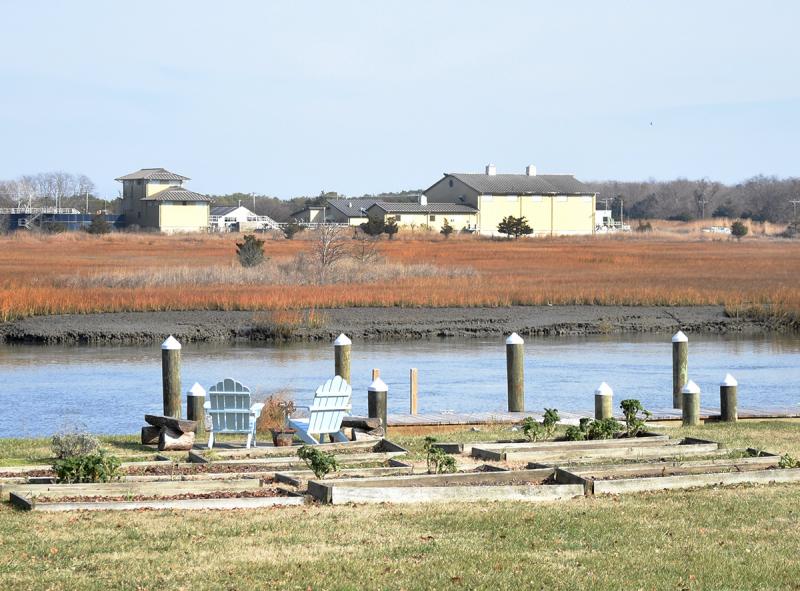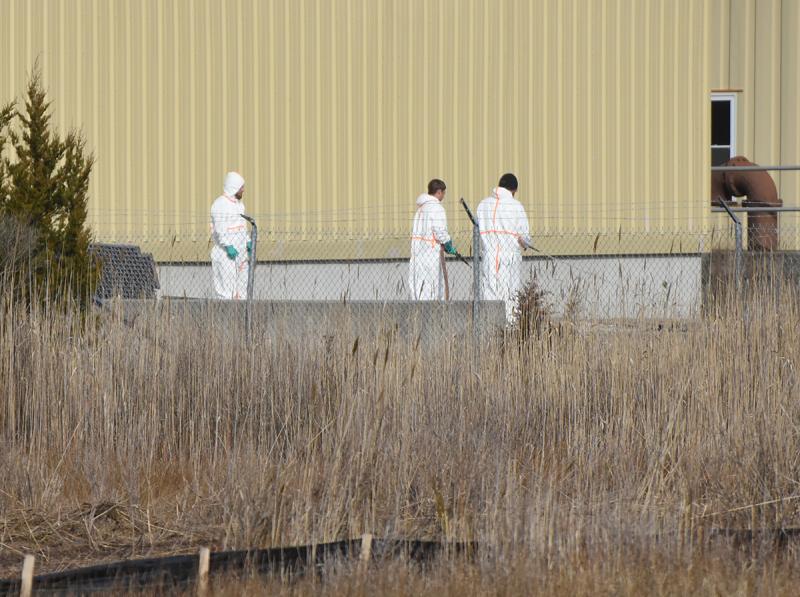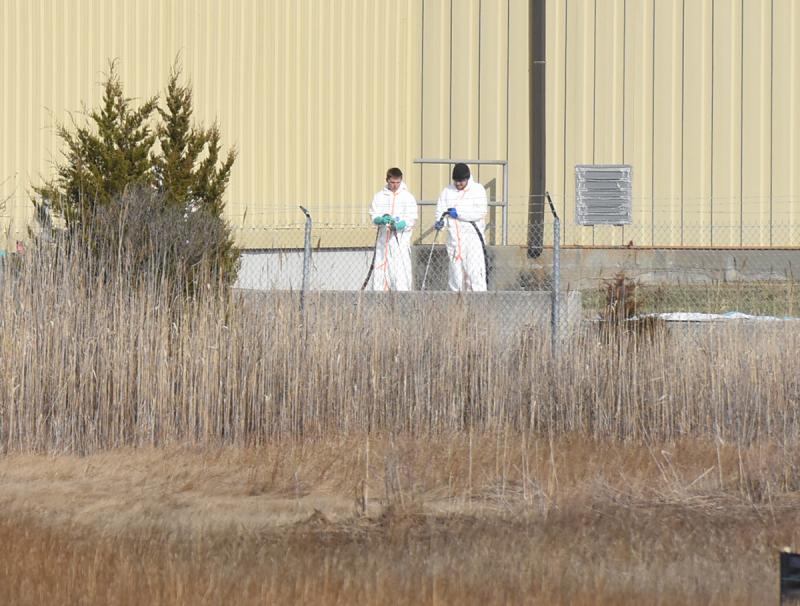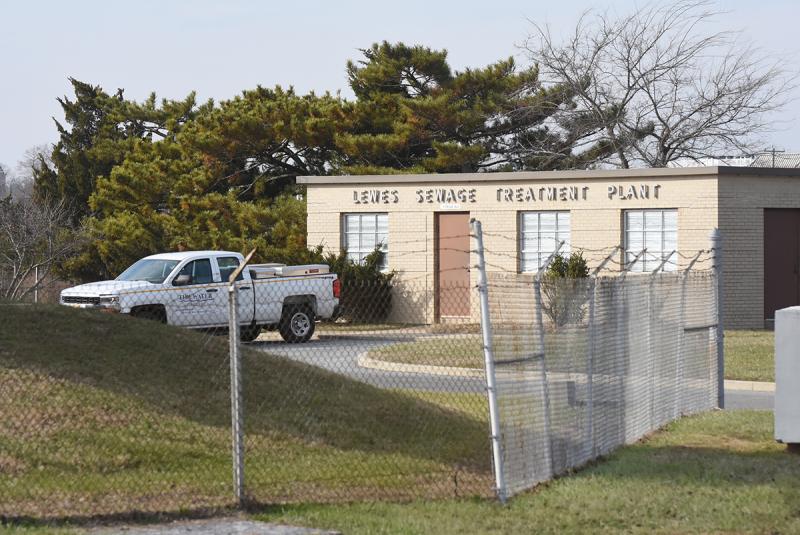Department of Natural Resources and Environmental Control was notified Dec. 18 of equipment malfunctions at the Lewes wastewater treatment plant resulting in partially treated wastewater entering the Lewes-Rehoboth Canal. The facility operator, White Marsh Environmental Systems, an affiliate of Tidewater Inc., is working to correct the issues. Due to the nature of the affected equipment, the malfunction could not be expeditiously resolved, requiring the Lewes plant to bypass stages of its treatment and discharge partially-treated wastewater effluent into the canal.
Treatment bypass is ongoing as White Marsh works to implement interim corrective measures at the facility, until the malfunctioning equipment can be replaced or repaired. Lewes residents are encouraged to reduce water usage in an effort to alleviate any unnecessary strain on the wastewater treatment system. Water conservation measures include avoiding multiple partial loads of laundry or dish washing, reducing shower time and minimizing unnecessary flushing of toilets.
Also as a result of the Lewes plant’s bypass situation, DNREC Secretary Shawn M. Garvin has issued an emergency shellfish closure order for harvest areas downstream of the plant. Discharge from the plant flows into the Lewes-Rehoboth Canal which predominantly flows to the Delaware Bay. The shellfish harvest closure affects the lower Delaware Bay, from the Mispillion River Inlet south to The Point at Cape Henlopen State Park, and Delaware jurisdictional waters east to the New Jersey state line in the Delaware Bay.
DNREC’s Surface Water Discharges Section was on site Dec. 20 to observe bypass conditions at the Lewes plant and White Marsh’s efforts to remedy the system malfunction. Effluent continues to be screened to remove visible solids prior to discharge, while a hydrogen peroxide feed is being utilized for bacteria reduction. DNREC has ordered the Lewes plant perform enhanced monitoring of effluent as well as upstream and downstream monitoring of discharge in the Lewes-Rehoboth Canal. In an abundance of caution while the bypass continues, DNREC advises area residents and recreationalists not to use the Lewes-Rehoboth Canal from one mile southeast of the Lewes plant out through Roosevelt Inlet.
The closure of shellfish harvest areas because of risk to public health will continue for a 21-day period after the bypass situation has ended, and the Lewes wastewater treatment plant effluent meets required discharge standards. The closure ordered by DNREC is based on U.S. Food and Drug Administration guidelines under the National Shellfish Sanitation Program, and provides adequate public health protection for pathogens of concern, including viruses.
Rehoboth Bay was determined not to have been impacted by Lewes wastewater discharge after previous studies by DNREC concluded that the net flow of effluent from the Lewes plant enters Delaware Bay, but not the state’s Inland Bays. The temporary closure announced by DNREC applies only to clams, oysters and mussels. Crabs, conch and fish species are not affected.
In assessing the ongoing bypass situation, DNREC’s Delaware Shellfish Program said that “based on location of the event, commercial oyster beds will not be impacted,” and that the impact “will primarily affect recreational shellfish harvesters near the Cape Henlopen Fishing Pier, and a very limited commercial harvest of dredge clams in an area where no landings of these clams have occurred for several years.”
DNREC spokesman Michael Globetti declined to comment further on the situation.
“The press release just issued best addresses the ongoing situation at the Lewes wastewater treatment plant at this time for the department,” he said.
























































